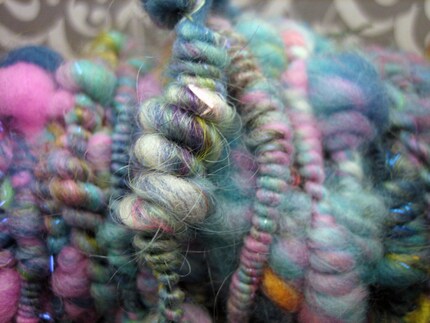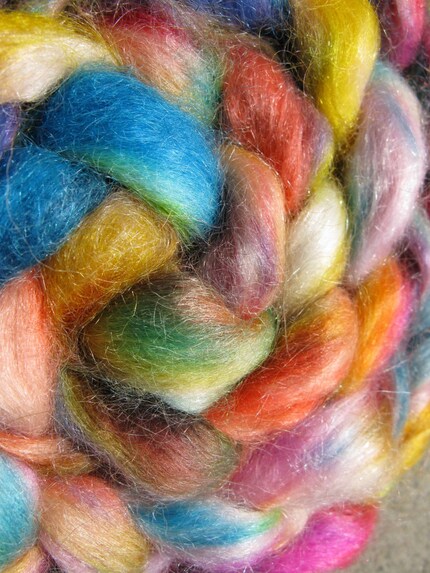I often learn about math or chemistry being at a Tech school but I don’t want these days to be like that. What I post on Tuesdays will be about some sort of art or crafting, perhaps nutrition, or a new technique.
What would you like to learn on Tuesdays? Please tell me in the comments below! I will do my best to talk about anything and everything that you want to learn :)
And now, on to the first installment of Tuesday Learn Something New Day!
Today I will talk about wool specifically and other animal fibers sometime in the future, this post would be way to long if I tried to squeeze it all into one. Wool for yarn and knitting purposes to be exact. Where does wool yarn come from? What are the differences between yarns? What garments would be best to be made of which fiber??
All fibers from animals are protein fibers. Protein fibers all have one basic thing in common, scales. Even human hair has scales (you can feel them by running your finger along a strand of hair toward the scalp). These scales hold yarn together while also allowing each strand of hair to be separate. They are also the reason wool felts. The fewer number of scales per inch of a fiber, generally yields a rougher feel, the more scales per inch, the softer the yarn. Granted, these are very general statements and do not always hold true.
Moving on. Wool. Wool comes from sheep. There are more sheep varieties than I care to count and therefore as many different types of wool. After the sheep are shorn and the fleece is processed (vegetable matter, dirt, etc removed) the wool may be washed and treated to also remove the lanolin. Lanolin is an oil secreted by the sheep to keep it dry and ward off infections. Some breeds are fairly lanolin free and no washing is needed, as with some Shetlands and Icelandic wools.
The staple length of a fiber is very important in determining what should and should not be made from a particular yarn. Longer fibers spun up together make for a more durable yarn which will create a garment that can be used or worn a great deal longer than those with shorter stable lengths. The longer fibers may not feel as soft as the shorter ones though.
Another contributing factor to the final yarn product is the fineness of the original fiber. Fineness is generally determined by the diameter of the fiber. The finer the yarn (the smaller the diameter) the softer the yarn feels.
















No comments:
Post a Comment